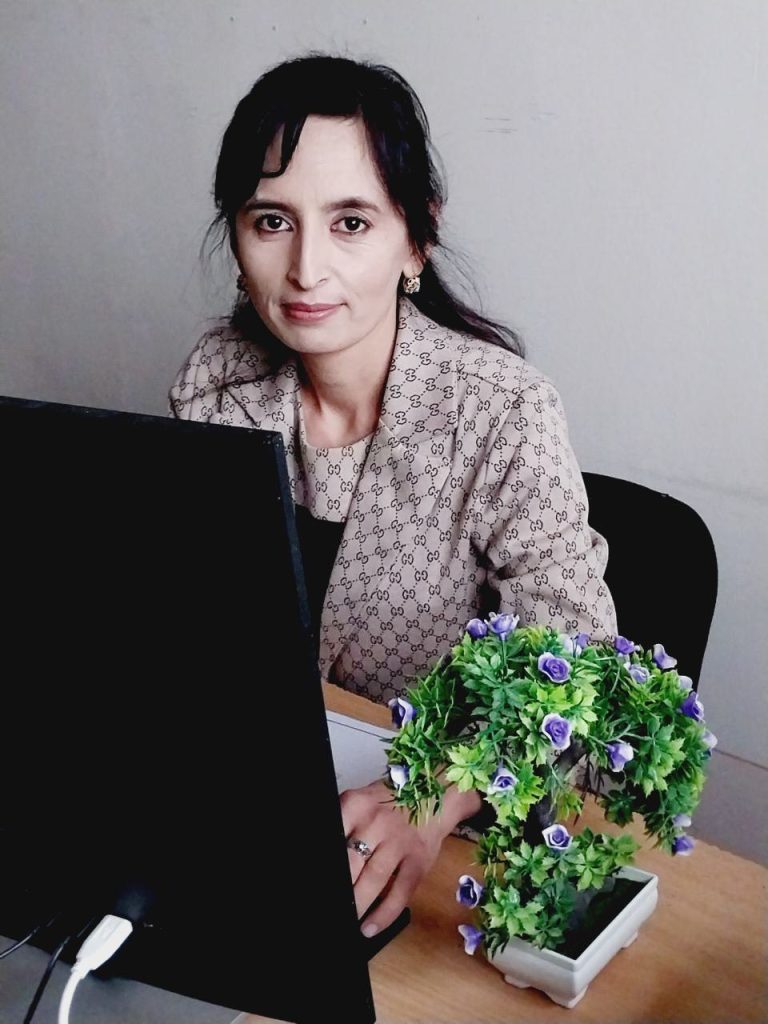
FORMATION OF MONOLOGICAL SPEECH IN CHILDREN
Tursunova Sarvinoz, student of group 3-22, faculty of pedagogy, Shahrisabz State Pedagogical Institute.
Abstract: Monological speech is formed in the process of teaching storytelling – children learn two categories of oral monologic speech – retelling and narration, descriptive stories, narrative stories, and proof stories.
Key words: monologic speech, story, speech, speech, children,
Introduction.
In teaching children to form a widespread thought, the educator needs to form in them the simplest knowledge about the structure of the text (beginning, middle, end), and the imagination of the connections between the sentence and the components of the thought. It is this indicator (a means of communication between sentences) that participates as one of the important conditions for the formation of the fluency of speech thought. Any complete sentence will have common options for linking phrases. The most common way to connect sentences is chaining. Any complete sentence will have common options for linking phrases. The most common way to connect sentences is chaining. Pronouns, lexical repetition, and synonymous substitution are the main tools of this communication. Chain communication makes speech more flexible and colorful, because when a child learns this method, he avoids repeating the same word.
The teacher should teach children to connect sentences in parallel, in which sentences are not connected to each other, but are compared or even contrasted (A strong wind blew. The rabbit hid in the nest). Through this approach, children’s monologic speeches are formed.
A monologue is a speech addressed to others by one person
and telling stories, reporting, retelling what they read or heard
it is manifested in the form of asking questions and answering.The main part. When teaching older preschoolers to compose fluent texts, it is necessary to pay special attention to the development of the ability to reveal the topic and the main idea of the spoken word, and to put a title on the text.
Intonation plays a big role in the organization of fluent thought, therefore, the formation of the skill of using the intonation of certain sentences will help to note the structural unity and completeness of the text as a whole.
The joint creation of words by adults and children is the main condition for the development of monologic speech. Children who have just turned five years old show interest in telling familiar tales, weaving stories, telling stories from their personal experiences. An adult should support the child’s initiative by asking guiding and clarifying questions, creating game situations. It is important for the joint creation of words that the teacher quietly tells the content of the story, the plan, the possible development of events, the form of words. The formation of the grammatical system in children – syntax, morphology, word formation – has its own special features, and for their development, the pedagogue needs to use various tools. Stimulating language games for mastering morphology and word formation; and for the development of syntax, it is important to create a motivation to express a wide range of ideas. Didactic games and exercises in grammatical content are an important means of stimulating children’s language games and their activity in the field of grammar. It is necessary for the teacher to teach children the ability to think of a word combination, and then to correctly connect words with each other in a sentence. It is recommended to form complex syntactic structures in children’s thoughts in the situation of written speech, that is, in a situation where a child speaks the text, and an adult writes it down.
Children’s speech serves as a reliable means of communication only if it is understandable to others. This depends on the consistent, fluent and complete expression of thoughts in words, the choice of specific words, the purity and correctness of pronunciation. Monologue speech requires a good memory, focus on the form and content of the speech. Therefore, at the same time, monologue speech relies on thinking. According to the above tasks and contents of the monologue speech development program, children in the middle group of the kindergarten should master the types of storytelling:
1.
Retelling familiar tales and stories.
2.
Retelling the story and short stories that were read for the first time in the classes.
3.
Create a visual story about the things you see: toys, plants, clothes, dishes, furniture, etc.
4.
Creating a visual story based on real-life pictures.
5.
Children tell stories from memory based on their experiences.
The text chosen for retelling should be understandable for children.
Retelling lessons are created taking into account the personal characteristics of each age group, their retelling abilities. With the help of these lessons, monologic speech is formed. Summary. In this case, the child should control the words chosen by the child to clearly and correctly express the author’s opinion.
Assessment of children’s retelling is one of the important methodological methods. In evaluating the children’s retelling, telling about its advantages and disadvantages, mobility. a short analysis is necessary. With this, it is necessary to fulfill the following program task: to educate children’s ability to notice the place that does not correspond to the text in the retelling. By teaching children to retell stories, the teacher affects the development of their speech activity and independence.
Used literature.
1. Kadirova F.R., Kadirova R.M. Development of children’s speech
theory and methodology. – T.: 2006
2 Sadiqova Sh. A. “Pedagogy before school”. -T.: Science and
technology, 2017.
Tursunova Sarvinoz Fazliddinovna was born on March 22, 1989 in the Kitab district of Kashkadarya region. Since childhood, she was interested in poetry and as an amateur artist, she has been creating on various topics. She is a 2nd year student at the State Pedagogical Institute. In January, she participated in the conference of the National Human Rights and Humanitarian Federation. She has published works in many anthologies and is an environmental volunteer and a member of Juntos pos las Letras organization.
